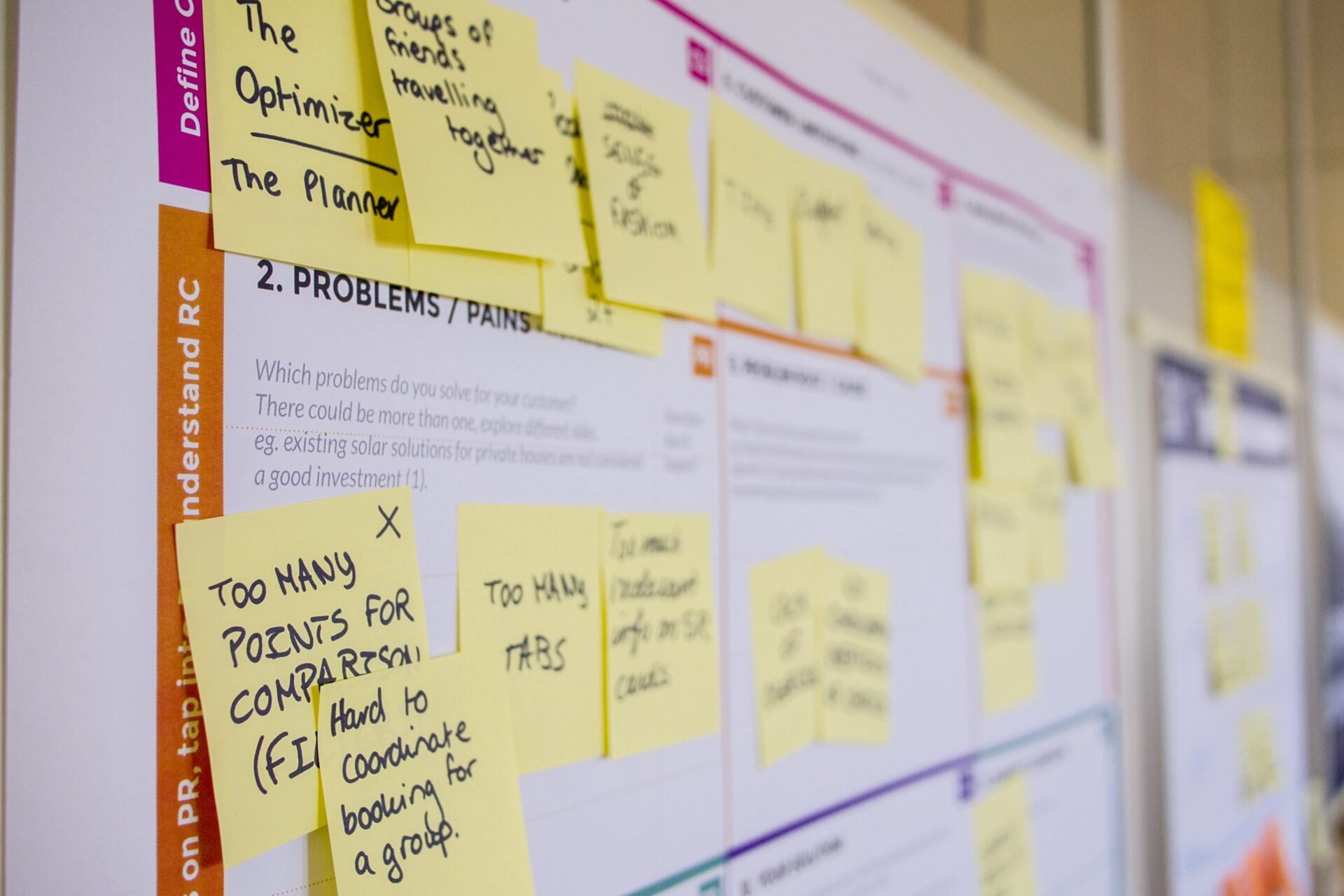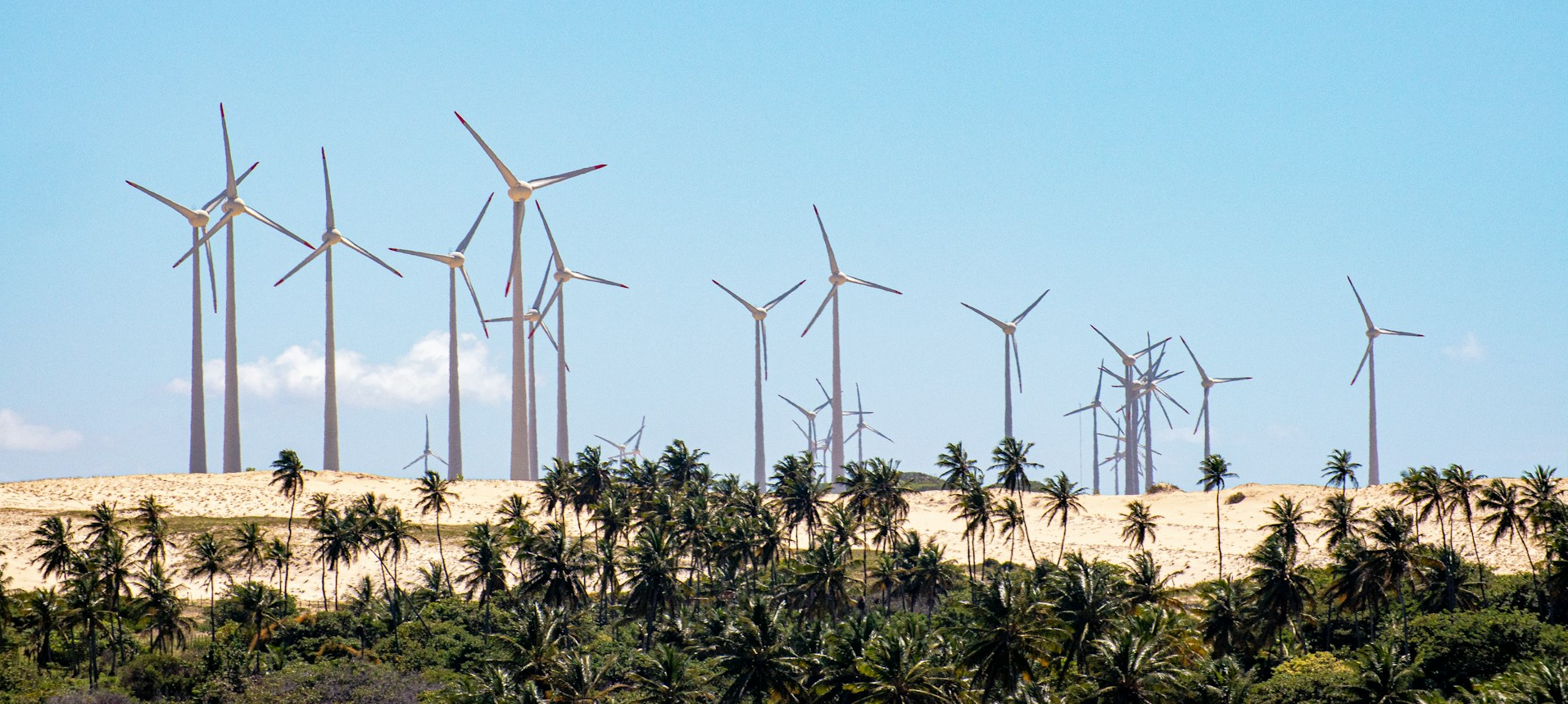Reviewing India’s New-Normal
India called for a complete lockdown, shutting down its non-essential businesses and shifting employees to working from home. Flights were closed with interstate travel prohibited. Essential businesses such as medical shops and restaurants were allowed to function without dine-in and only delivery.
People were asked to remain at home and only venture out if on medical purpose or to buy essential food items for home. This too was only allowed at certain times of the day, post which businesses were asked to shutter down.
Masks were mandatory with tough penalties on people who were seen without it. But India started to open its economy in a phased manner, keeping a hawk’s eye on the active and new cases of coronavirus across the country.
States that showed fewer active cases of infected people were the first to start allowing businesses and people to travel freely, while restaurants started opening with half the capacity, ensuring a distance of a meter between two people.
But India now looks very different, as there is a new normal that dictates it. This is one of the topics being discussed at the upcoming Horasis India Meeting, which will be held between 25 to 26 September, 2022 in Vietnam. The meeting will bring together 300 of the most senior members of Horasis to inspire and lead India’s next new-normal.
Phases of Unlock
India went through different phases of opening its economy. The first phase of reopening was termed as Unlock 1.0, which allowed shopping malls, religious places, hotels and restaurants to reopen from 8 June 2020. Night curfews were changed to 9 pm to 5 am, while containment zones were still under lockdown measures.
Meanwhile, Unlock 2.0 which was kickstarted from 1 July 2020, with certain relaxations in night curfew and further provision for domestic flights and train. More than five people were now allowed in a shop.
Unlock 3.0 removed the restrictions on the movement of individuals during night, while also allowing yoga schools and gyms to open from 5 August 2020. Unlock 4.0 started from 7 September 2020, allowing metro rails to function and allowing gatherings of up to 100 people for religious, entertainment, political, sports, academic functions and gatherings.
Unlock 5.0 began from 15 October 2020, with the Indian government encouraging schools to implement and continue online/distance learning. Movie theatres and multiplexes were permitted to open with up to 50% seating capacity.
The success of reduced cases was short-lived as a rise in cases pushed certain states to call for lockdowns.
The New Normal
India’s economy in the fiscal year 2020-2021 slumped to a low of 6.6%. But the phased reopening of its economy has resulted in a GDP growth of 8.7% in the fiscal year 2021-2022, which is way higher than fiscal years pre-COVID. In the coming years, India’s GDP growth is expected to trend around 6% in 2023 and 5.5% in 2024.
Schools and colleges are now completely open with physical classes ongoing. Children are still asked to wear masks when in school and maintain safe distance from others. Children having fever are asked to not attend classes.
Offices have opened with some asking all their employees to return to office, while others allowing employees to work in a hybrid model, where they are only expected in office for two-three days in a week. Infosys, India’s largest IT company who has nearly 95% of its global workforce working from home at the moment is banking on a three-phase plan to get its employees back to office. A hybrid work model will still be important for the company, but will depend on its clients, the regulatory environment and a number of other considerations.
Most employees have likened to the idea of work-from-home so much that they have not hesitated to quit their jobs when asked to return to office. Over 800 employees resigned from India’s largest Edutech company WhiteHat Junior recently, when they were asked to return to office.
The New Normal
The states of West Bengal, Tamil Nadu, Kerala, Assam and Puducherry underwent their legislative assembly elections in 2021, and pandemic protocols took a backseat.
The Indian government was quick to realize this and enforced bans on physical rallies in the 2022 legislative assembly elections which happened in other states of the country.
As the new normal continues to shape in India, hiccups and interruptions are but natural outcomes of it. India needs to be resilient to the changes that the post-COVID era will demand. Countries that are quick to pivot and adapt to the changing needs of the new normal will be in a better position to recover faster.
Photo Caption: India went through different phases of opening its economy.




